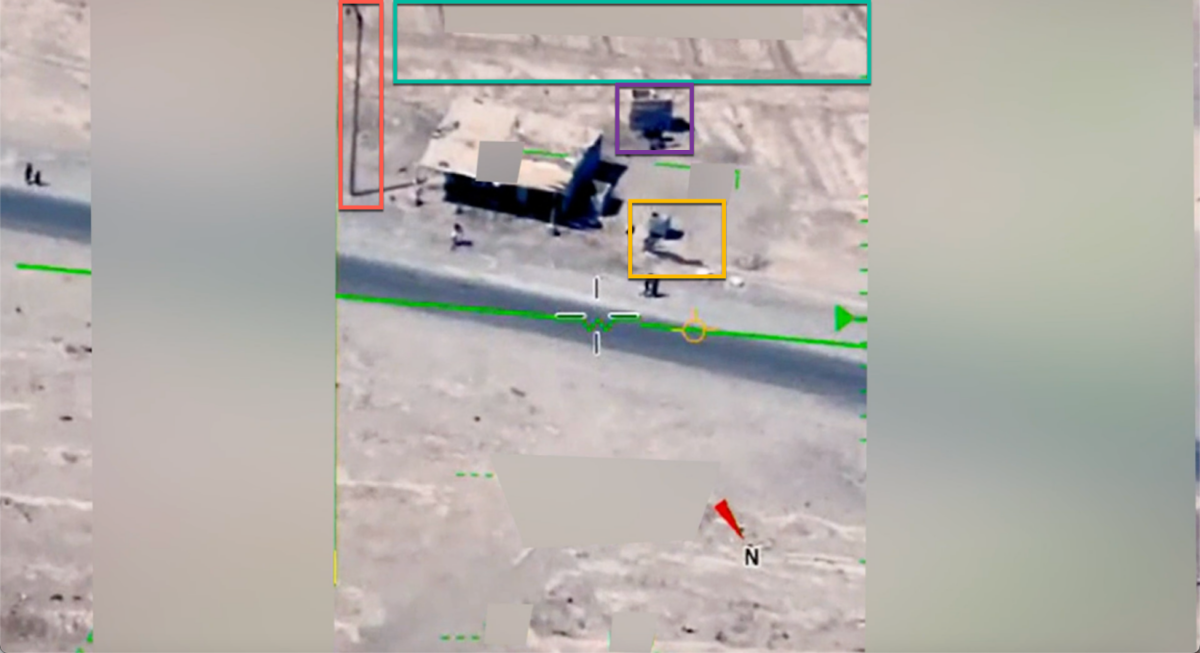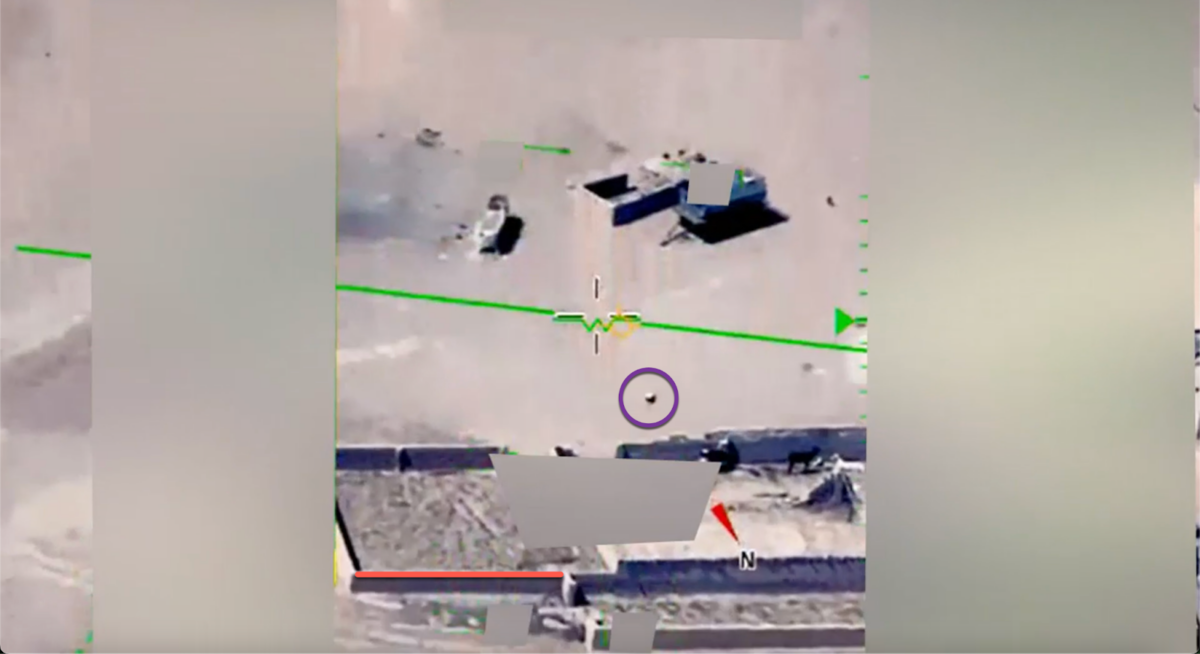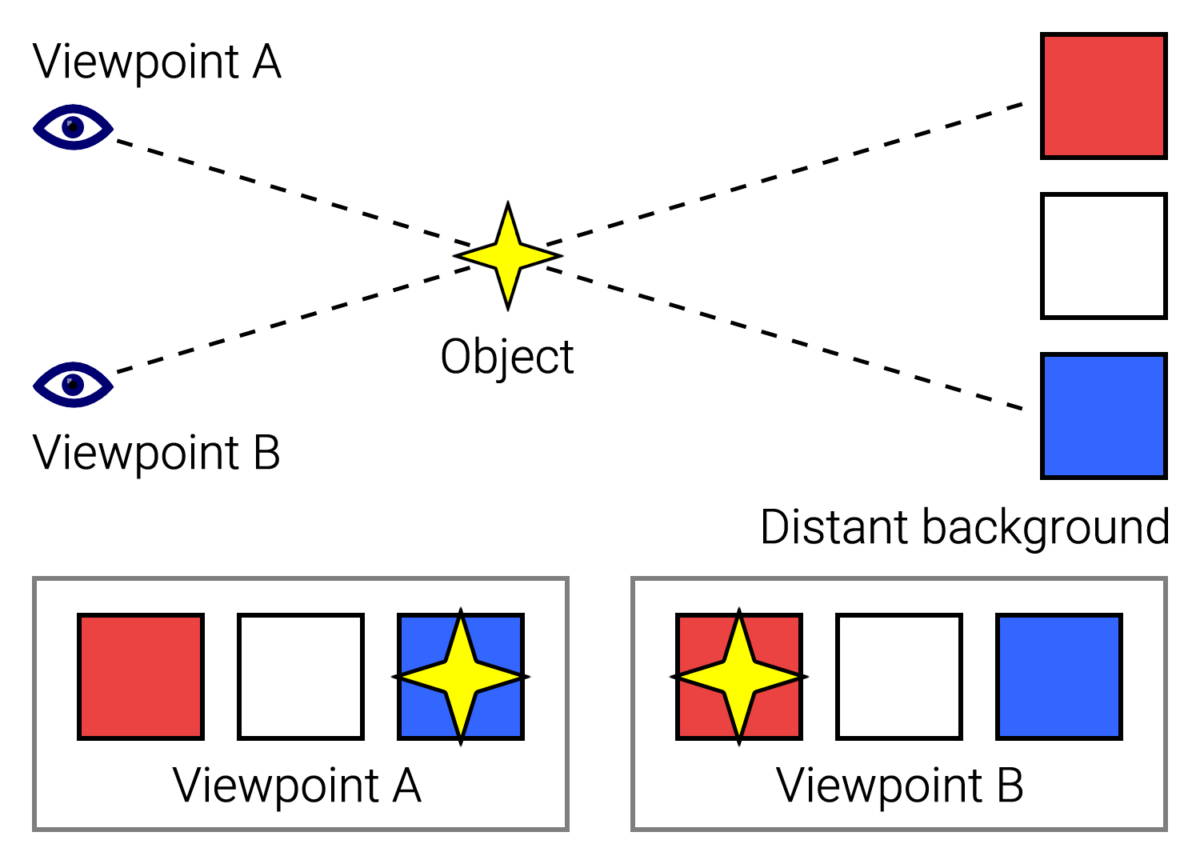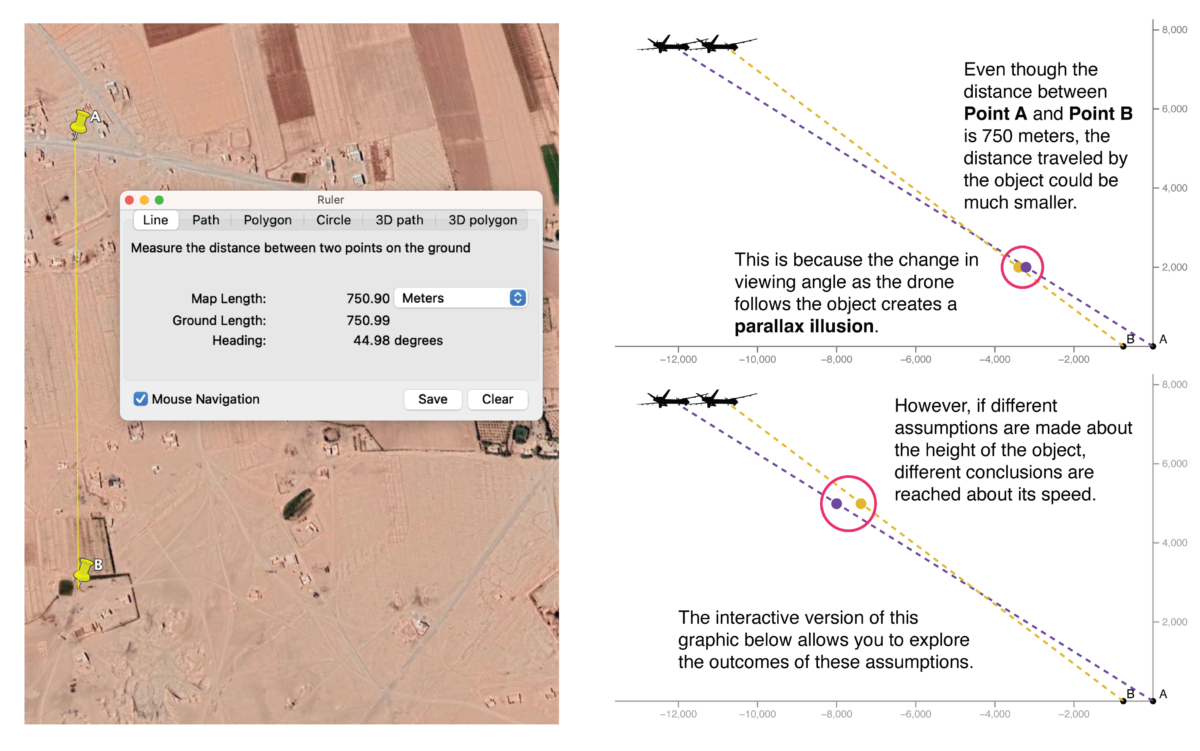Isn’t That A Balloon? Deflating a DoD UFO Video
On July 12, 2022, a US military drone captured video of a metallic, spherical orb flying over the Middle East. The US Department of Defense says it was an unidentified anomalous phenomenon (UAP), the term the US government prefers over unidentified flying object (UFO).
US Department of Defense (DoD) official Dr Sean Kirkpatrick, who leads the US government’s investigation into UAPs at the All-domain Anomaly Resolution Office (AARO), described the footage at a public briefing held by NASA in June 2023.
“This is a typical example of the thing we see most of,” he told attendees.
“We see these all over the world, making very interesting apparent manoeuvres.”
At an April 2023 hearing before the Senate Armed Services Committee, Kirkpatrick (who took part in NASA’s independent study of UAPs) testified that 52 per cent of UAP reports the AARO is assessing are “round or spheres.”
A closer look at the July 2022 footage of the UAP suggests a more banal explanation.
It may just be a balloon.
Where’s the UFO?
The declassified footage, captured by an MQ-9 Reaper drone, was partially redacted, obscuring information about the drone’s altitude, speed and location. The DoD titled the video: “Middle East Object.”
Bellingcat geolocated the video to an area northeast of the Syrian city of Deir ez-Zor. The 25-second video begins at 35.369189, 40.332815 and ends at 35.374540, 40.339181, showing a group of buildings around 800 metres to the northeast.
Some of the features in the drone footage can be matched with features seen in Google Earth imagery from July 2022. Here is a frame from the beginning of the video compared to the relevant Google Earth imagery:


We compared identifying features along the apparent path of the object using a panorama created from the video:


How big is it?
With the geolocation established, it is easy to measure objects on the ground and reference sizes seen in the video.
In the last frame of the video (742), a building allows us to closely estimate the horizontal scale of the image. The section of the wall overlined in red is 337 pixels long (the UFO is circled in the below image in purple).

In Google Earth, the section of the wall can be measured to be approximately 11 metres.

This indicates the horizontal scale of the image is 11 metres / 337 pixels = .033 metres / pixel.
Now, we can measure the horizontal width of the object to be 13 pixels. 13 pixels * 0.033 metres / pixel = 0.43 metres. While this measurement is affected slightly by the angle of the camera with respect to the building, this error is small enough to be inconsequential. However, there is a second issue with this calculation: 0.43 metres is not the size of the object. It is the size of the object if it were on the ground.
As the object is floating above the ground, it is closer to the drone than the ground is to the drone and it could be smaller than 0.43 metres. It depends on the elevation of the object, which is unknown.
In photography, this is called perspective: the closer an object is to a camera or a person, the larger it appears (and the larger its size in pixels). (You can read Bellingcat’s guide to measuring objects in open source material and dealing with perspective here.)
Therefore, the object has a maximum diameter of approximately 0.43 metres or smaller.
This contradicts the AARO’s own list of ‘typical UAP characteristics’ presented in the video, which states that UAPs are typically between one and four metres in size.
An Illusion of Speed
Kirkpatrick described the footage in the NASA briefing, “We see these [orb-shaped UAPs] making very interesting apparent manoeuvres.” However, he added the orb in the July 2022 video “demonstrated no enigmatic technical capabilities.”
Indeed, the orb appears to fly in a straight line over buildings, people and animals in a sparsely populated, rural area.
During the Senate Armed Services Committee hearing, Kirkpatrick observed how the drone’s camera “will slew [turn or slide violently] to follow it” as it appears to move.
One explanation for why the orb does not demonstrate enigmatic technical capabilities is that it really is just a balloon. The object may not be moving at all, and we are simply witnessing a motion parallax in which the speed of the Reaper Drone relative to the object creates the illusion that the object is moving.
Parallax refers to the difference in the relative positions of objects seen from different perspectives, as illustrated in this diagram.

Objects closer to the viewer can appear to move faster than objects farther away, just as when looking out of a car window trees in the foreground seem to fly by while mountains in the distance barely move.
It’s not possible, based on the footage alone, to determine which direction the object is moving, or that it is moving at all. The parallax illusion can produce the impression of movement even where none exists.
Far from being a novel interpretation of UFO videos, parallax is a commonly cited explanation of seemingly inexplicable activity. For example, the “Tic Tac” video declassified by the DoD can be explained by parallax.
The parallax hypothesis does not require any outlandish assumptions. While we do not know the speed or altitude of the drone, we assume that the drone is flying at roughly cruising speed (150 to 170 knots or 277.8 to 314.84 kilometres per hour), and at operational altitude (25,000 feet or 7.62 kilometres). We also assume that it is likely flying roughly towards the scene it is looking at, as the first few seconds (0:04 to 0:09) of the video appear to indicate. Small amounts of movement in other directions would generally increase the calculated speeds in the diagrams below, but would not impact the plausibility of the parallax hypothesis.

The diagrams below illustrate an example of how the parallax hypothesis works with these assumptions. Small deviations from these assumptions (such as the drone looking in the direction of 11 o’clock instead of 12 o’clock) will not substantially change the geometric conclusions.

Points A and B can be measured in Google Earth to be about 750 metres from each other. Point A is seen in the frame at the left, at 0:07.6 seconds in the video. Point B, seen on the right, is visible at 0:023.6 seconds, about 16 seconds later. However, this does not mean that the object travelled 750 metres in 16 seconds (169 kilometres per hour).

Historic weather data for July 12, 2022 forecasted winds of approximately 20 to 25 kilometres per hour at 0 metres to 3000 metres altitude, from a westerly direction. This puts the location of the UAP downwind of Deir ez-Zor, the largest city in eastern Syria. In the interactive graphic above, this roughly corresponds to the direction from point A to point B.
Maybe It’s A Boring Balloon
In the Armed Services Committee hearing, Kirkpatrick testified that “this is, essentially, all of the data we have associated with this event,” adding, “it is going to be virtually impossible to fully identify [the object] just based off of that video.”
Without more data to aid in a definitive identification, the current main hypotheses appear to be:
- Technology of extraterrestrial origin
- Technology of an unknown country
- Balloon
Indeed, AARO’s website lists ‘commercial or scientific balloons’ among common objects frequently reported as UAP.
A balloon is consistent with what we see in the video. They can be spherical, they can appear metallic (particularly those made of foil), and they can float in the air. According to the BBC Science Focus website, a helium balloon can float up to 10 kilometres – well below the operational ceiling of a Reaper drone.
Further supporting the balloon hypothesis is the video’s coinciding with Eid al-Adha, one of the two major holidays in Islam. The video is time-stamped July 12, 2022, the last day of the three-day holiday that year. Eid in Syria, as in other parts of the Muslim world, is celebrated with gifts, including balloons. Photos and videos from past Eid al-Adha celebrations in Damascus and Deir ez-Zor show balloons were present.

So, while it’s exciting to imagine a 30 centimetre-wide alien spacecraft flying around the Middle East, Occam’s razor suggests that perhaps we’re just looking at a party balloon.
Bellingcat is a non-profit and the ability to carry out our work is dependent on the kind support of individual donors. If you would like to support our work, you can do so here. You can also subscribe to our Patreon channel here. Subscribe to our Newsletter and follow us on Instagram here, X here and Mastodon here.


